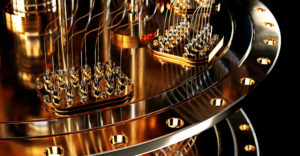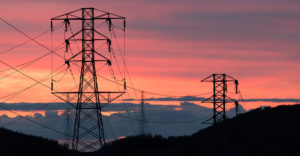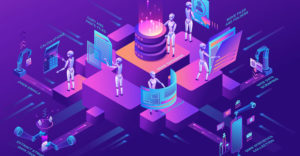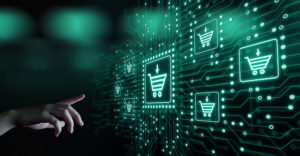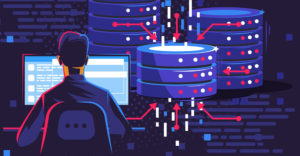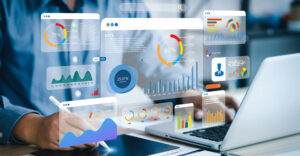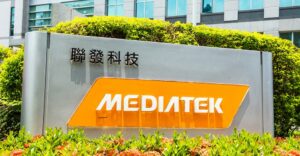
Everything’s going digital. Why not handwriting?
A new generation of digital pens and smartpens is bridging the divide between handwriting on paper and writing on the computer.
With digital pens, you have the best of both worlds: You can sit in a meeting and take notes by hand, and then you can upload those notes onto a computer and save, share and edit them.
The pens are becoming popular in the business world, in classrooms, in the field, and anywhere that accuracy, efficiency and digital access are valued.
New Writing
There are a variety of digital pens on the market, including Iogear’s Digital Scribe, Logitech’s io2, and Livescribe’s Pulse.
Some digital pens, such as the Digital Scribe, can be used with any kind of paper, relying on an electronic device that is attached to the paper and communicates with the pen. Others, like the io2 and the Pulse, require using special dot paper, which can be purchased or printed out by the consumer. Pens that use this dot paper track the location of writing digitally by locating it in relation to the unique dot pattern on each sheet of paper.
Most digitals pens have the capability of translating handwriting into word processable, editable, and searchable text, which is a remarkable feature in itself. Others, like the Pulse, have been adding new features — such as an audio recording device that syncs the handwriting to a recording made while the notes are being taken — and downloadable apps to enhance the pen’s performance.
“Livescribe’s Pulse smartpen is a Montblanc-size computer with advanced processing power and substantial memory for handwriting capture, audio recording, and additional applications,” Steffanie Johnson, senior marketing manager with Livescribe, told TechNewsWorld.
“Students and professionals deal with information overload on a daily basis,” she noted. “The Pulse smartpen combines all four modes of communication — reading, writing, speaking and listening — in the simple, low-cost and convenient format of pen and paper.”
The technology behind a number of smartpens and other digital writing devices was developed by the Anoto Group, which sells Anoto brand pens and also partners with and licenses technology out to companies such as Livescribe, Leapfrog, and Acco Brands.
“Anoto technology provides the bridge between analog handwriting and digital data,” Anders Norling, CEO of Anoto, told TechNewsWorld. “Anoto digital pen and paper products are very user-friendly and require almost no training. Just use pen and paper as you learned it in school, with the additional benefit to link that data into electronic media. You don’t need to change your current paper processes.”
Many users swear by their digital pens and smartpens, saying that the devices have increased their productivity, among other benefits.
“I use the pen daily, for both personal and business notes,” William Ward, an IT specialist at New York University, told TechNewsWorld. “At home, I use the pen when I’m brainstorming or studying. I find that I prefer taking handwritten notes while reading textbooks or drawing diagrams. At the office, I use the pen to take notes and record meetings or conference calls.”
Out in the Field
Companies such as Adapx have designed interfaces that allow users to fill out forms with a digital pen, which digitizes and saves the handwritten text, then uploads it to a computer via a USB connection or sends it by email.
Using the same dot technology as the Pulse smartpen, Adapx’s Capturx pen and software system works with Microsoft Office programs — such as OneNote, SharePoint, and Excel — to create a seamless connection between the field and the office.
Users can, for instance, create a form in Excel, print the form on the standard paper, and take it out into the field. Anything written on the designated fields on that form can then be digitized and used just as if that information had been entered on a computer. Capturx is being used by police departments, contracting companies, engineers and courts. [*Correction – Jan. 8, 2010]
“The key benefit is they can write on paper and have the information go right into Microsoft Office,” Ted Gauld, vice president of product management for Adapx, told TechNewsWorld. “We have integrated the underlying digital dot and pen technology into the leading applications in a way that coordinates with the customer’s current workflow.”
Companies that use systems like Capturx say that the integration of paper data and digital data has been invaluable. Mactec Engineering and Consulting, for example, uses Capturx to collect and manage land, building and infrastructure information in the field.
“Capturx combines the old world with the new,” Peyton Park, a principal engineer with Mactec, told TechNewsWorld. “Everyone already knows how to use a pen and paper, [so] there is very little technology deployment training required. I have 60-year-old guys in the field who are master electricians, and getting them to use a tablet computer or PDA is near impossible. These guys like to touch and feel something, and use their familiar paper forms.”
*ECT News Network editor’s note – Jan. 8, 2010: Our original publication of this article erroneously stated that the Capturx system required the use of special dot paper.





